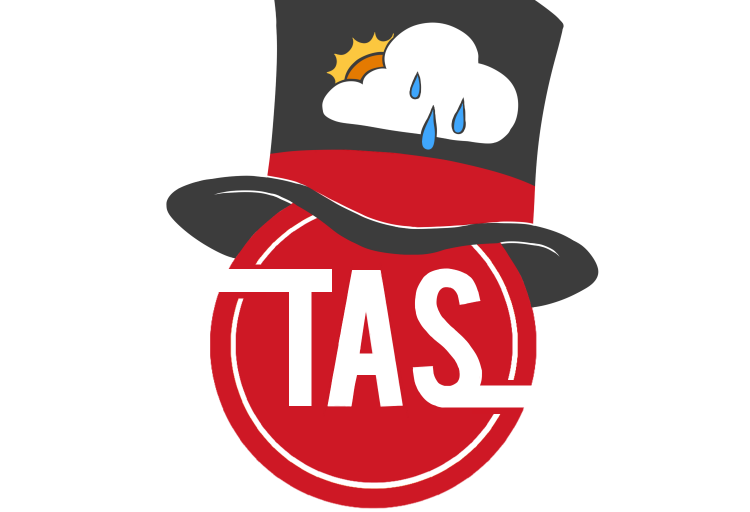*Disclaimer: This article is not intended to offend any military personnel. The purpose of this article is to show the importance of weather in military conflicts throughout history.
Weather and Military
Most people do not think about the weather unless it becomes life-threatening, but the military as whole considers the weather as one of the key factors in planning. According to DoDLive (from the Department of Defense), the weather and decision-making by military leaders impacted the battles and wars throughout history, and the leaders who ignore the weather usually end up on the losing end of battles and wars. After some research, I have a total of five leaders who did pay attention to the weather, and the results were disastrous for these leaders. The effects on the course of history are also considered for this list.
The Countdown
5. Rear Admiral Sir George Cockburn
The night of August 24, 1814, Admiral Cockburn led his forces to invade Washington, D.C. and ordered the burning of the capital city according to Smithsonian Magazine. The next day, the British did not take notice of the changing skies as they continued burning down buildings in D.C. The tornado dropped out of the sky and wreaked havoc for the British redcoats. The tornado also killed some of the redcoats before the rain put out the flames. Admiral Cockburn’s forces did not stay long afterward. It was clear that the redcoats were not paying attention to the skies.
4. Admiral William F. Halsey
To begin with, most people have the common sense to evacuate for any oncoming hurricanes or tropical cyclones. However, Admiral Halsey led his forces into typhoons… twice. Yes, you read this right. According to a Warfare History Network article, 790 men were killed in the first encounter on December 18, 1944, and the incident with the typhoon was a result of main miscommunication, poor training and lack of meteorological instruments for data collections, forecasting and warning. Fleet Admiral Chester Nimitz addressed this issue by improving the weather service for the Pacific. One would expect that everyone would steer clear of typhoons after the improvements, but that did not happen in June the next year. This time, he got grilled for not steering clear of the typhoon despite all of the available weather data, but he was eventually forgiven thank to his status as an iconic national hero then.
3. General Hannibal
General Hannibal was revered for over 2,000 years for his military brilliance, but he also had his share of epic fails, including one that took place in the Alps. According to Task and Purpose, Hannibal shoved his cane into the ice to show his men that it is safe to pass the snowdrifts. That was how the general started an avalanche. He ended up losing 18,000 men, 2,000 horses and some of the elephants before he could begin his campaign to invade the Roman Empire.
2. Emperor Napoleon Bonaparte
Launching military campaigns in a hostile climate require a lot of preparations, and Napoleon Bonaparte did not consider preparing his 680,000 men for the invasion of Russia in 1812. According to HistoryExtra, Bonaparte ordered a retreat after capturing Moscow from stubborn Russians, but there was no food or shelter. He lost 380,000 of his men when it was over.
1. Adolf Hitler
We are very fortunate that overconfident Hitler did not learn his lesson from Napoleon when the Nazis were ordered to invade the Soviet Union in 1941. According to DoDLive, the dictator lost 700,000 men to bitter Russian winter at the end of 1941. Had Hitler’s forces been more prepared for the bitter cold, the outcomes would be very different.




